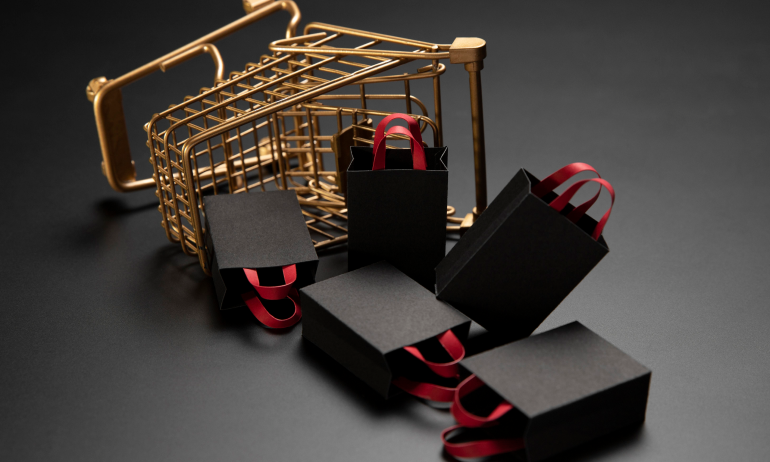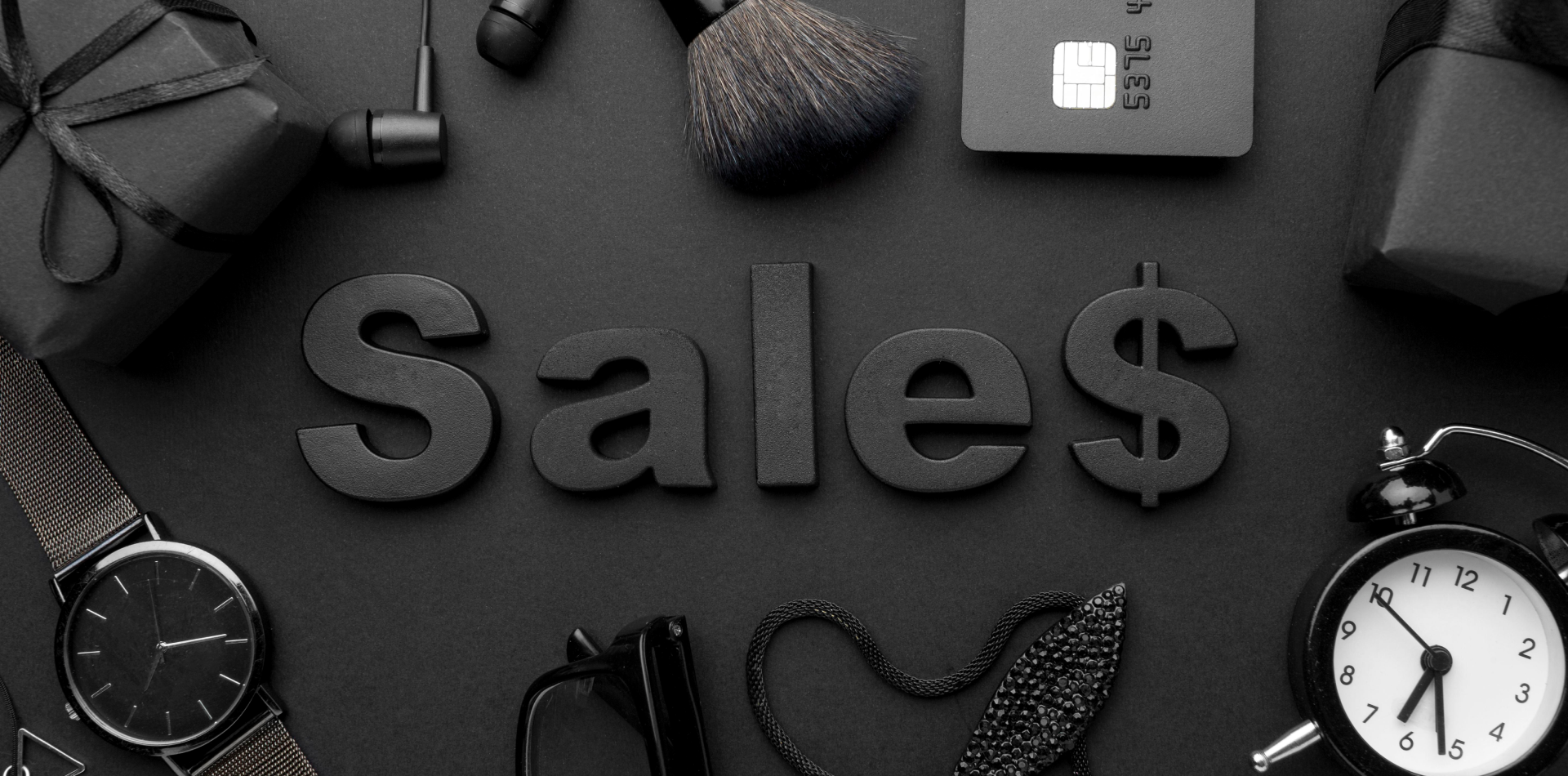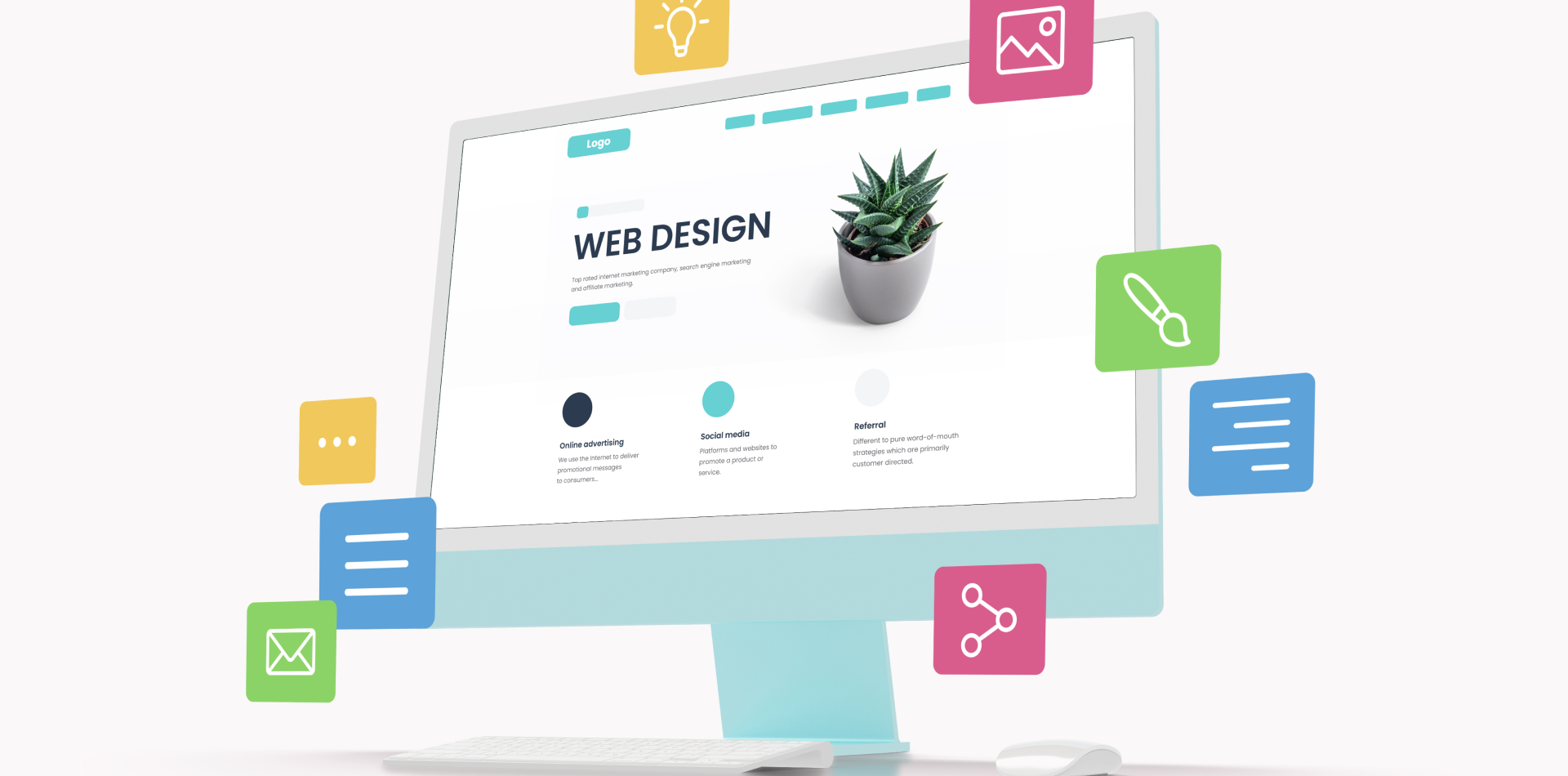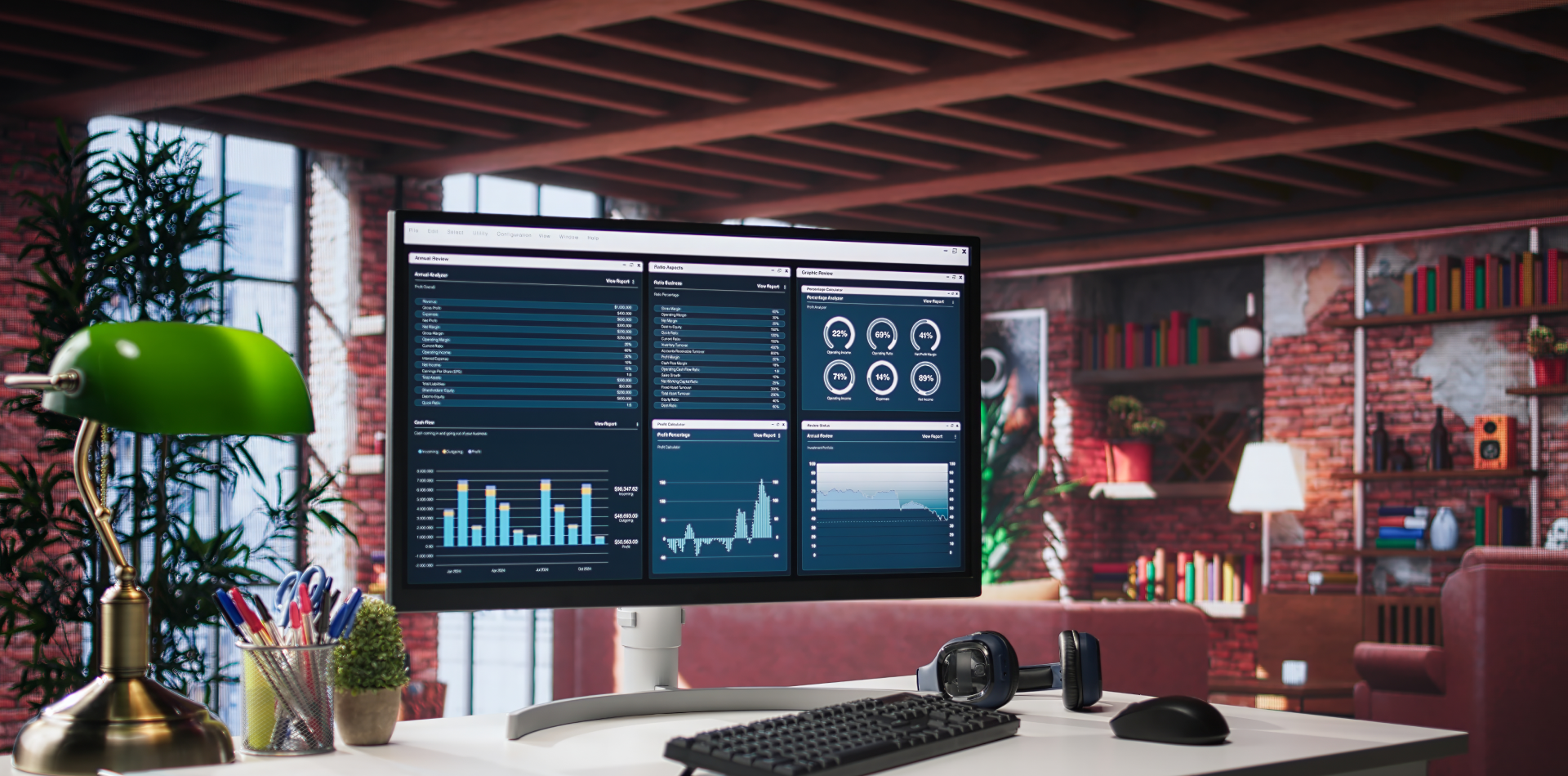Shopify Enters a New Era
As Shopify continues to evolve into the ecommerce platform of choice for brands big and small, design is becoming a key differentiator.
Gone are the days when having a clean template was enough. In 2025–2026, users expect personalized, fast, and emotionally resonant storefronts. Whether you’re a brand launching on Shopify or redesigning an existing store, knowing what’s trending is crucial.
Let’s dive into the biggest Shopify design trends shaping the future of ecommerce—from futuristic aesthetics to hyper-personalized UX.

🎯 1. Personalized Shopping Experiences with AI
Personalization is no longer optional—it’s expected.
💡 AI-powered product recommendations, dynamic content blocks, and predictive search are becoming standard in modern Shopify stores.
🧠 AI tools like Shopify Magic and third-party apps such as Rebuy are helping brands tailor product feeds, email flows, and even design layouts based on user behavior.
👉 Internal Tip: If you’re designing product flows, check out our guide to crafting intuitive user flows.
🎨 2. Bold, Brand-Centric Design Systems
In 2025, generic templates won’t cut it. Brands are now:
🎯 Developing full design systems customized for Shopify
🎨 Using unique typography, bold color palettes, and bespoke iconography
🖼 Elevating storytelling with full-screen visuals and immersive product pages
Apps like Shogun and PageFly make it easier than ever to build custom pages without heavy dev work.
🌓 3. Dark Mode and Accessibility-First Design
Dark mode isn’t just a tech trend—it’s a conversion booster.
🌓 Many Shopify stores now offer light/dark toggles or auto-adjust to system preferences. This not only improves readability but also reduces bounce rates, especially for mobile night users.
Accessibility is also top-of-mind, with trends pointing toward:
✔️ Bigger font sizes
✔️ Better contrast ratios
✔️ Screen-reader friendly navigation
✔️ WCAG 2.2 compliance baked into themes
🔗 Learn more from Shopify’s own Accessibility Guidelines
⚡ 4. Lightning-Fast Performance & Headless Shopify
Speed = sales. The shift toward headless commerce is accelerating, especially for high-volume Shopify Plus stores.
💨 Stores are decoupling their frontend (React, Hydrogen, Next.js) from Shopify’s backend for faster load times and more flexible experiences.
🚀 Paired with CDNs like Vercel or Netlify, stores can load in under 1 second, even with animations and rich content.
Stat: A 100ms delay in load time can drop conversions by 7% (Source: Google Web Vitals)
📱 5. Mobile-First Micro Interactions
Mobile dominates ecommerce traffic, and users crave feedback and flow.
2025’s mobile Shopify experiences focus on:
📦 Tactile animations and hover effects (even on touch)
🧊 Button tap feedback, haptic-inspired loaders, cart previews
📍 Sticky bottom navbars, one-click upsells, and swipe gestures
📲 Better tap targets and thumb-friendly designs
🔗 Dive deeper into responsive UX in our WordPress speed guide.
🖼 6. Storyselling with Video and Immersive Media
Static images don’t sell the way they used to.
📽 Brands are integrating short-form video, 3D models, and interactive AR to allow users to visualize products better.
Examples include:
🔹 360° product views
🔹 “Try before you buy” AR via Shopify’s AR Tools
🔹 Video product demos and customer reviews
Storyselling converts browsers into believers.
🧾 7. Smart Checkout Design & Payment UX
The checkout is getting a major design glow-up.
🛒 Trendy Shopify stores now feature:
✅ One-step or slide-over checkouts
✅ Minimalist, distraction-free forms
✅ Apple Pay, Google Pay, and Buy Now Pay Later integrations
✅ Cart abandonment triggers integrated into the UI (sticky bars, pop-ups)
Pro Tip: Use tools like Shop Pay for smoother experiences and higher conversion.
💻 8. Community-Centered Design and Membership Models
Brands are building experiences, not just shops.
🧠 Expect to see more Shopify stores include:
💬 In-app communities, powered by tools like Gorgias for support
🔐 Membership gates and exclusive content (via Bold Memberships)
📣 Live shopping streams or real-time customer counters
Engagement = retention = recurring revenue.
⚠️ Common Pitfalls to Avoid
As you chase trends, don’t forget the fundamentals:
❌ Overloading your homepage with flashy animations
❌ Using too many apps that conflict or slow down your store
❌ Ignoring mobile speed and performance
❌ Not A/B testing new design decisions
❌ Following design trends without considering your customer
Trends should inspire, not override clarity and usability.
🔮 Final Takeaway: Trend with Purpose
The future of Shopify design is not just about what looks cool—it’s about what works. Your storefront should be a seamless blend of speed, personality, utility, and trust.
Whether you’re launching a new store or rebranding in 2025, ask:
“Does this trend serve my user—or just my ego?”
If it enhances experience, increases engagement, and tells your brand story, it’s a trend worth following.
💬 What Shopify Design Trend Are You Most Excited About?
Are you building with video? Testing dark mode? Switching to headless?
Drop your thoughts below 👇 and let’s swap strategies!




3 Comments
Mahira Raza
16 June 2025Dark mode + accessibility = chef’s kiss! 🌙🧠 So glad it’s finally mainstream.
Dylan Brooks
16 June 2025Headless Shopify with Hydrogen is a game changer ⚡🚀 We’ve seen huge speed gains!
Zara Yusuf
16 June 2025Loved the “trend with purpose” reminder 👏✨ Not everything flashy converts!